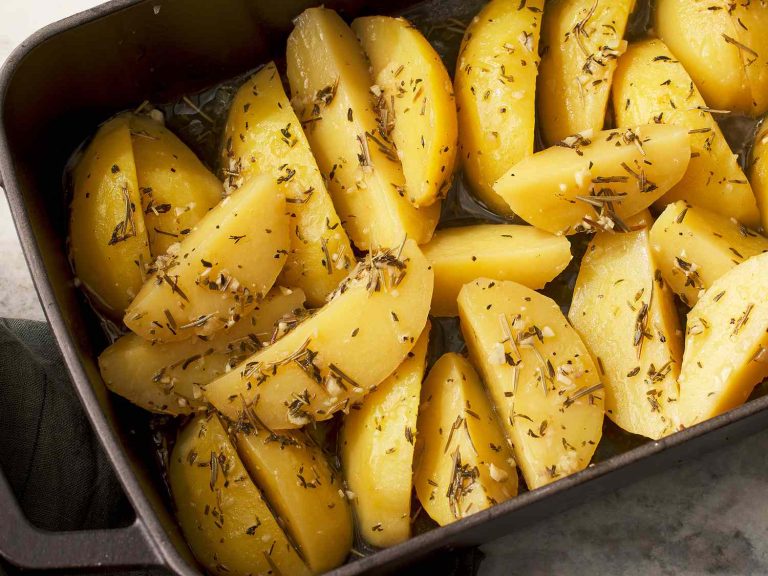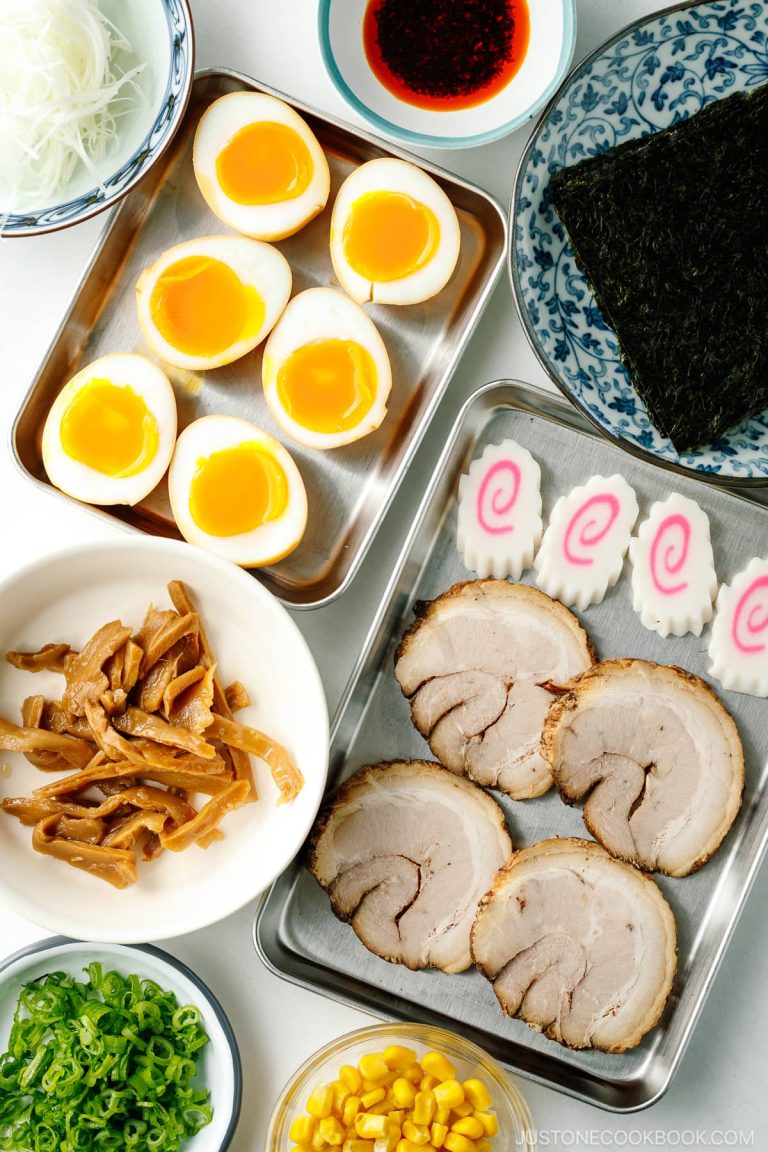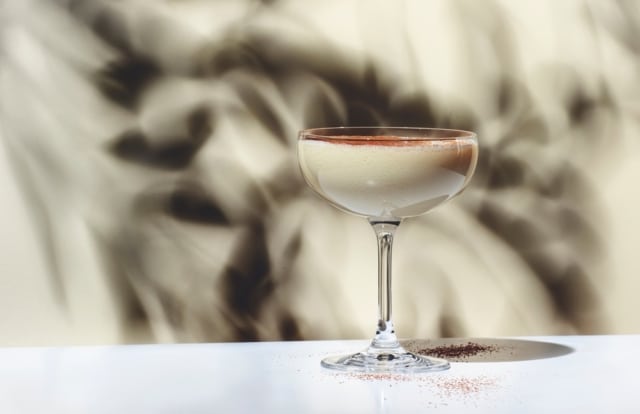Cinnamon Griddle Cakes Recipe
Cinnamon’s use in baking dates back to ancient times, originating in regions like Sri Lanka. Ancient Egyptians used cinnamon in their bread, while the Romans prized its flavor and health benefits. By the Middle Ages, cinnamon became a staple in European kitchens, enhancing the taste of baked goods. Cinnamon’s versatile nature and aromatic appeal have made it a beloved ingredient in various baked products worldwide, laying the groundwork for its inclusion in griddle cakes.
Evolution of Griddle Cakes
Griddle cakes, also called pancakes, have been a breakfast favorite for centuries. Early versions, consisting of basic ingredients like flour, water, and sometimes eggs, were cooked on flat stones or griddles. Over time, recipes evolved with the introduction of new ingredients and techniques. The addition of cinnamon transformed traditional griddle cakes, offering a flavorful twist that enhanced their appeal. By integrating cinnamon, griddle cakes evolved not only in taste but also in their cultural significance, becoming a cherished comfort food in many households.
Key Ingredients and Substitutions
Exploring Different Types of Cinnamon
Cinnamon, a primary flavor agent in cinnamon griddle cakes, comes in various types. Ceylon cinnamon, often called “true cinnamon,” has a mildly sweet flavor. It’s ideal if you prefer a subtle taste with less spiciness. Cassia cinnamon, with a robust and spicy kick, is more common and less expensive. It significantly enhances the flavor, making your griddle cakes more aromatic and flavorful. Saigon cinnamon has a stronger flavor than both Ceylon and Cassia, adding a rich, bold taste. Depending on availability and personal preference, you can choose any type to tailor the taste of your griddle cakes.
Alternative Ingredients for Dietary Needs
For those with dietary restrictions or preferences, consider these alternatives:
- Flour: Use almond flour or gluten-free flour instead of all-purpose flour to accommodate gluten-free diets. Almond flour gives a slightly nutty flavor, while gluten-free flour maintains a similar texture.
- Milk: Substitute cow’s milk with plant-based options like almond milk, coconut milk, or oat milk. These alternatives cater to lactose-intolerant or vegan diets, each adding a unique flavor.
- Eggs: Replace eggs with flaxseed meal or chia seeds mixed with water for a vegan-friendly option. Each replacement binds the ingredients and provides a similar texture.
- Butter: Use coconut oil or vegan butter instead of dairy butter for a lactose-free alternative. Coconut oil adds a slight coconut flavor, enriching the taste.
By utilizing these substitutions, you ensure cinnamon griddle cakes suit various dietary needs without compromising on flavor or texture.
Step-by-Step Cooking Guide
Preparation of the Batter
First, gather all ingredients for the batter. You’ll need 1 cup of all-purpose flour, 1 tablespoon of sugar, 1 teaspoon of baking powder, 1/2 teaspoon of baking soda, 1/2 teaspoon of salt, 1 teaspoon of ground cinnamon, 1 cup of milk (or plant-based milk), 1 egg (or flaxseed meal mixed with water for vegan option), and 2 tablespoons of melted butter (or coconut oil for vegan option).
Mix the dry ingredients. In a large bowl, combine the flour, sugar, baking powder, baking soda, salt, and ground cinnamon. Ensure the mixture is well blended to distribute the ingredients evenly.
Combine the wet ingredients. In a separate bowl, whisk together the milk, egg, and melted butter until smooth. If using plant-based milk and flaxseed meal, allow the mixture to sit for a few minutes to thicken.
Integrate the wet and dry mixtures. Pour the wet ingredients into the dry mixture, stirring gently until just combined. Do not overmix; the batter should have a few lumps. Overmixing can lead to tough griddle cakes. Your batter is now ready for cooking.
Cooking Techniques for the Perfect Texture
Preheat the griddle or skillet. Set your griddle or skillet over medium heat and allow it to come to temperature. To test if it’s ready, sprinkle a few drops of water on the surface; it should sizzle and evaporate quickly.
Grease the cooking surface. Lightly grease the griddle with a small amount of butter or oil. Use a paper towel to spread the grease evenly, ensuring a thin coating.
Pour the batter. Use a 1/4 cup measure to pour the batter onto the griddle for uniform-sized cakes. Space them apart to avoid sticking.
Cook until bubbles form. Let the griddle cakes cook until bubbles form on the surface and the edges appear set, usually about 2 to 3 minutes.
Flip each cake. Use a spatula to flip the griddle cakes, cooking for an additional 1 to 2 minutes or until golden brown on both sides. Avoid pressing down as it can make them dense.
Serve immediately. Transfer the cooked griddle cakes to a plate. For optimal taste and texture, serve the griddle cakes immediately with your preferred toppings.
Serving and Presentation Ideas
Pairing with Syrups and Toppings
Enhance your cinnamon griddle cakes by pairing them with syrups and toppings. Classic choices include maple syrup, honey, or agave nectar. For a fruity twist, try adding fresh berries like blueberries or strawberries. Nut butters such as almond or peanut butter add a rich texture and flavor. Whipped cream and a sprinkling of powdered sugar create an elegant touch. Consider using caramel or chocolate sauce for a dessert-like experience. For a hint of luxury, garnish with edible flowers or gold leaf.
Creative Plating Techniques for Special Occasions
Elevate your cinnamon griddle cakes with creative plating techniques. Stack three to four cakes in a neat pile, then drizzle the top layer with syrup for a cascading effect. Place fresh fruit around the edges of the plate for a burst of color. Use a squeeze bottle to create intricate syrup patterns on the plate, and position the griddle cakes strategically within the design. For a festive look, sprinkle cinnamon sugar between each layer and top it off with a cinnamon stick. Use a mint sprig or a small dollop of fruit preserves to add a refined touch.
Nutritional Information
Analyzing Caloric and Nutritional Content
Understanding the nutrition in cinnamon griddle cakes helps you make informed dietary decisions. A standard serving provides around 250-300 calories, depending on ingredients. Key components include carbohydrates, fats, and proteins. Carbohydrates, primarily from flour and sugar, account for most calories. Fat content varies, especially if you use butter or coconut oil. Proteins are present but less abundant, coming from eggs and milk.
Consider common substitutes: almond flour and plant-based milk alter these values. Almond flour reduces carbohydrates while increasing protein and fats. Plant-based milk options like almond or oat offer fewer calories and fats than regular milk. Reviewing these nutritional aspects ensures alignment with dietary goals.
| Nutrient | Quantity per serving |
|---|---|
| Calories | 250-300 |
| Carbohydrates | 30-35g |
| Proteins | 5-7g |
| Fats | 10-15g |
Benefits of Cinnamon in Your Diet
Incorporating cinnamon affords several health benefits. Cinnamon contains antioxidants that help reduce oxidative stress. It boosts metabolism and may aid in weight management. Consumption potentially lowers blood sugar levels, beneficial for those with insulin sensitivity. Anti-inflammatory properties can support overall health.
Regularly adding cinnamon to your meals integrates these advantages seamlessly. Besides griddle cakes, use it in oatmeal, smoothies, or tea for diverse dietary benefits. Understanding these benefits highlights cinnamon’s dual role in flavor enhancement and health improvement.
Conclusion
Cinnamon griddle cakes offer a delightful fusion of history, flavor, and nutrition. By experimenting with different ingredients and substitutions, you can tailor these cakes to suit your dietary needs and preferences. Not only do they provide a delicious breakfast option, but they also deliver numerous health benefits thanks to the powerful properties of cinnamon. Whether you’re a seasoned cook or a novice in the kitchen, cinnamon griddle cakes are a versatile and rewarding addition to your culinary repertoire. So go ahead and enjoy the rich taste and health advantages of these timeless treats.






